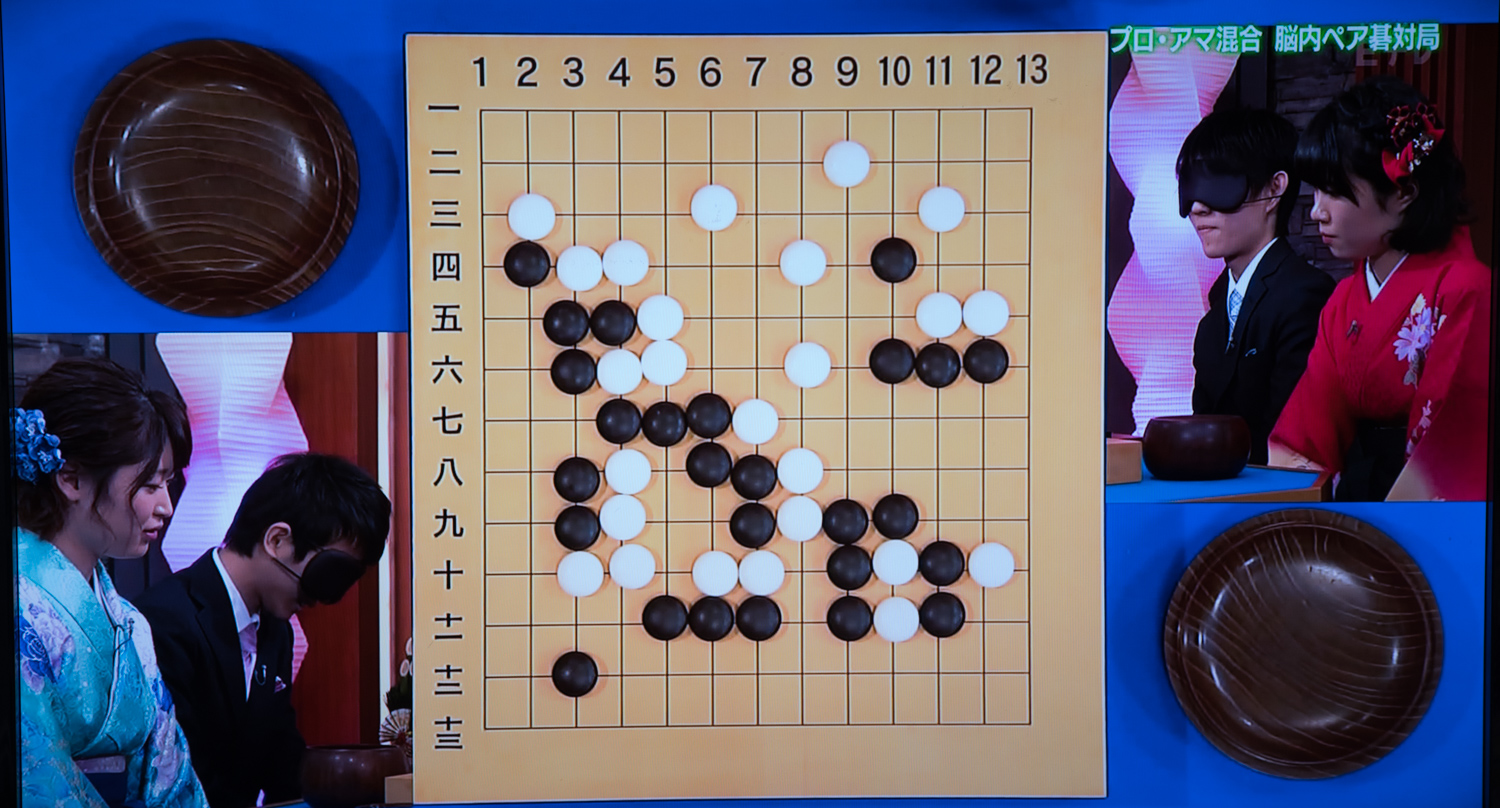Did you know that the “Star Wars” story is very much influenced by Japanese period movies?
It is a famous fact that the movie was directly influenced by Akira Kurosawa’s period movie, “The Hidden Fortress” (1958), as George Lucas himself once confessed this. In addition to several direct resemblances of scenes between the two movies, we can also find many similarities between “Star Wars” and other Japanese period (Samurai) movies:
(1) Luke Skywalker is wearing “Kimono”-like attire.
(2) The warriors in the movie fight with swords, namely by lightsabers, in a manner similar to the use of Japanese swords rather than fencing ones.
(3) The hero tries to help a princess.
(4) The existence of a supporting character who is skillful but a little bit nihilistic (namely, Han Solo).
(5) Emphasis on something spiritual rather than physical, in other words, the “Force.”
The characteristics mentioned above are not just limited to the Kurosawa’s movie, but are commonly-used motifs in most Japanese period (Samurai) movies.
Movies started showing in Japan in 1896, and the first movie filmed by a Japanese crew appeared in 1898. Most of the first Japanese movies were period (Samurai) movies, probably more than anything else. One of the most famous movie directors at that time was Shozo Makino, who produced more than 300 period (Samurai) movies. “Ninja” is now quite famous worldwide, but it became so popular more or less for the first time in Japan by Makino’s period movies.
What I would like to introduce in this blog is “public romance” in Japan. In Japanese, we call it “大衆小説”, literally literature for common people. It is usually translated into English as “popular literature”, but let me use “public romance” to describe the works of novelists such as Kyoji Shirai, Shiro Kunieda, Jiro Osaragi, Eiji Yoshikawa, and so on, from around 1920 to 1945. These authors’ romances were widely used for the early-stage period movies.


